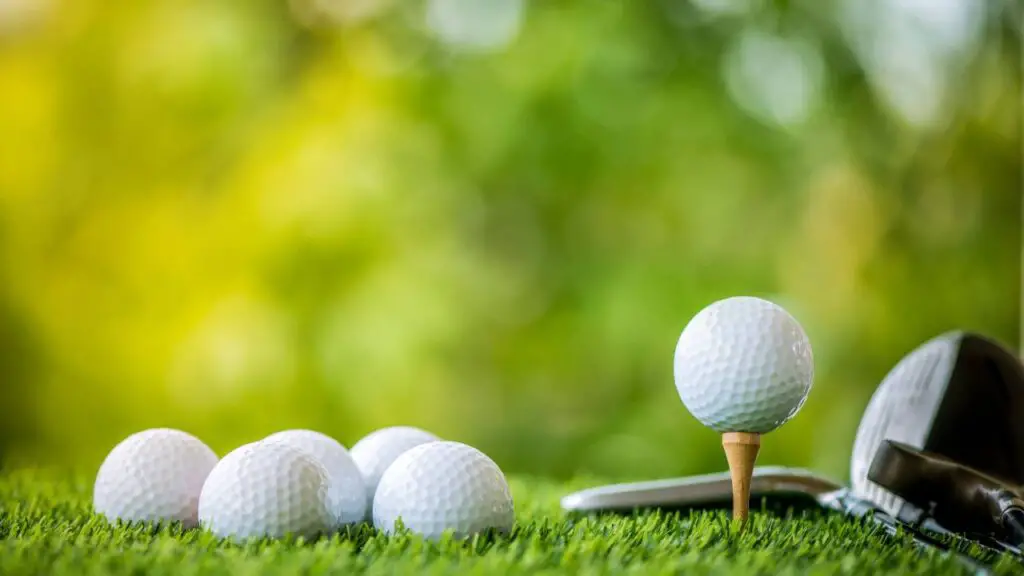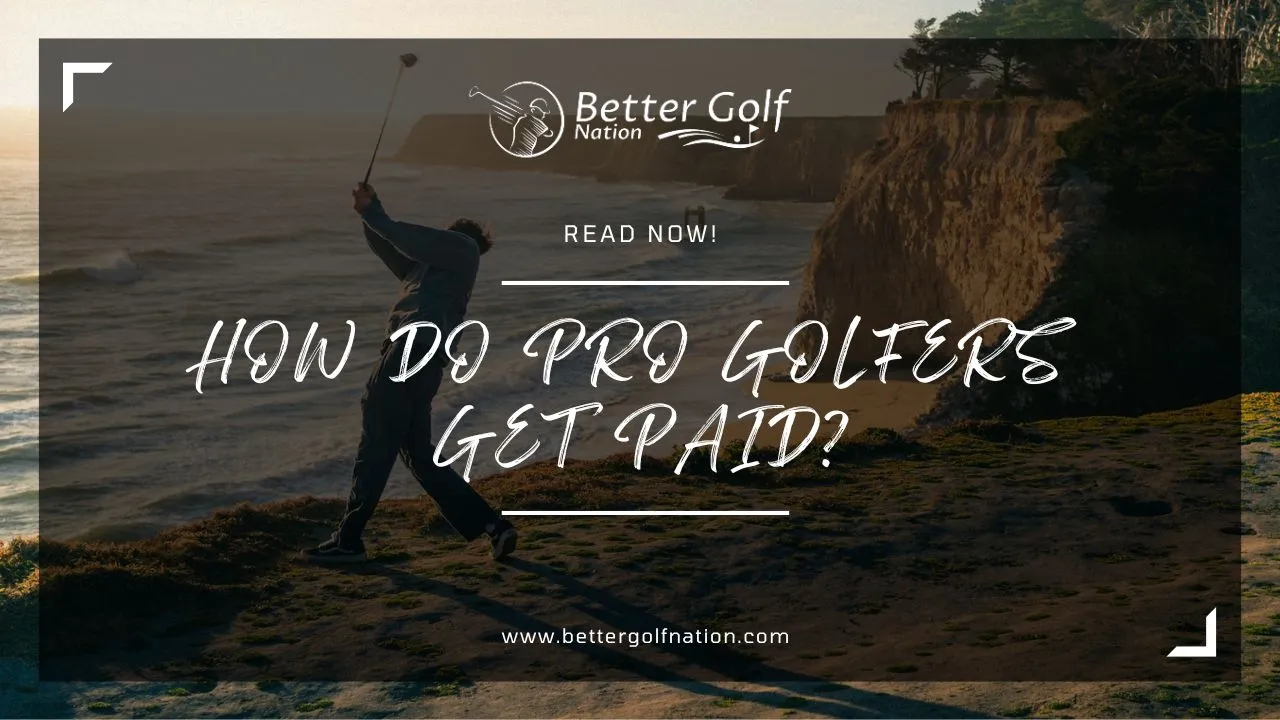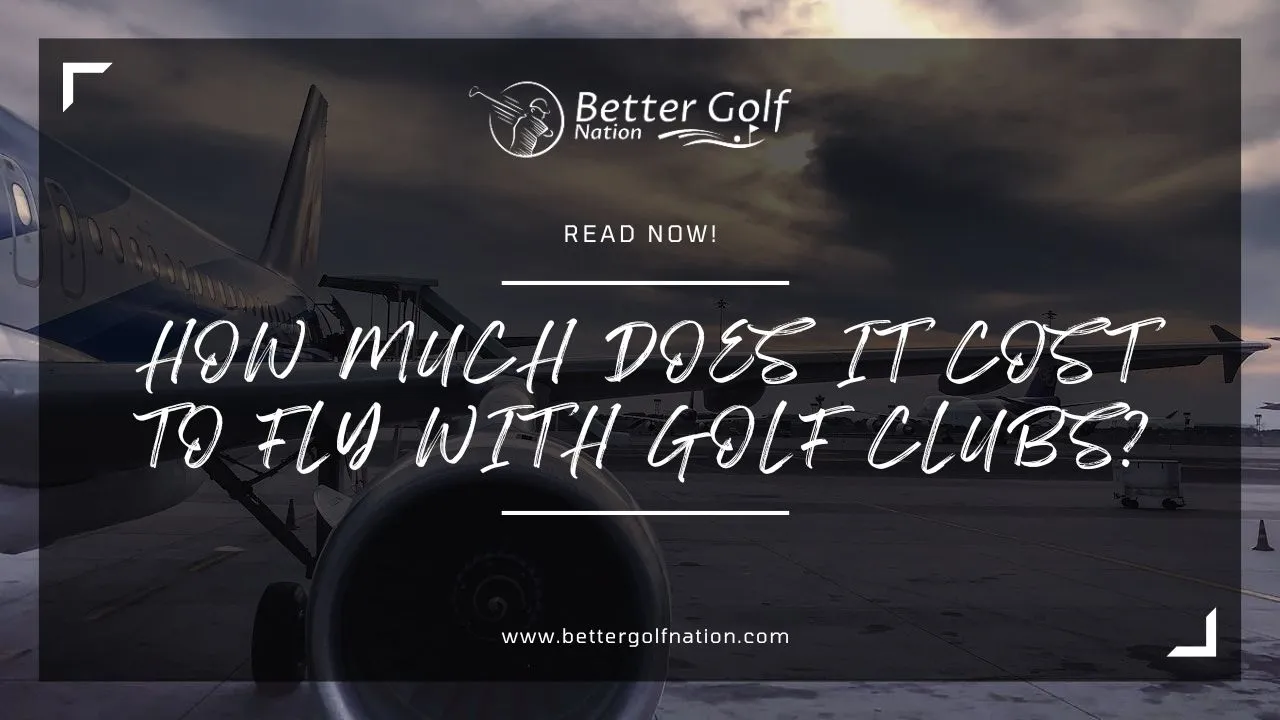What Is a Mulligan in Golf? Exploring the Second Chance Rule
A mulligan in golf is a second-chance shot, giving players an opportunity to retake a swing without penalty to their score. This term, believed to originate from golfer David Mulligan, is common in casual play but typically disallowed in formal competition. Whether to take a mulligan depends on personal preference and understanding of one’s golfing abilities.

Key Takeaways
- A mulligan in golf is a shot redo, commonly used in casual rounds and beneficial for improving player’s skills without pressure.
- The term “mulligan” allegedly comes from golfer David Mulligan, known for replaying unsatisfactory first tee shots.
- While mulligans are acceptable in informal golf settings, they are typically prohibited in formal competitions due to strict rules.
- The tradition of mulligans has spread globally, yet their use in competitive events remains restricted.
- Despite helping in performance improvement and sport enjoyment, mulligans can encourage complacency and hinder learning from mistakes if overly relied upon.
Introduction
Golf, a sport rich in tradition and camaraderie, has a unique practice that’s become almost second nature in casual rounds – the mulligan. If you’re new to the golfing world, a mulligan is essentially a second chance, a do-over. It’s an opportunity to retake a shot without any penalty to your score.
Now, you might be wondering, where did this concept originate, and why has it become such a staple in golf?
While the exact birth of the mulligan in golf is shrouded in a bit of mystery, one popular theory takes us back to the early 19th century. A golf enthusiast named David Mulligan, a member of the Winged Foot Golf Club in New York, had a habit of replaying his first tee shot if it didn’t meet his satisfaction. As this practice became more frequent, his fellow members started calling this second chance a “mulligan”, and the term stuck.
Interestingly, the tradition of the mulligan has grown alongside the popularity of golf itself. In fact, in 2022, the number of people participating in golf in the United States reached a whopping 25.6 million, marking the highest on-course participation in over a decade. It’s fascinating to consider how many of these players might have embraced the mulligan tradition in their games.
"For those unfamiliar with the term, a mulligan is essentially a do-over - an opportunity to reattempt a shot without having it count against your score."
In casual play, it’s generally accepted to take at least one mulligan per round, and it’s done without any raised eyebrows from your golf buddies. However, when it comes to more formal settings like tournaments or league play, mulligans are typically off the table.
This chart from Statista displays the number of golfers in the U.S. from 2007 to 2022, highlighting the sport’s growth over the years.
Source: Statista
There’s a bit of a debate in the golf community about mulligans. Some players feel that mulligans detract from the strategic challenge of golf, a game that tests your ability to navigate tricky shots and difficult terrain while keeping your score low. But no matter where you stand on this debate, understanding the concept of a mulligan and its role in golf can be a valuable insight for anyone looking to deepen their appreciation of the game.
So, whether you’re a seasoned golfer or a newcomer to the sport, the mulligan is a fascinating aspect of golf culture to explore. And who knows? The next time you’re on the course and your first shot goes awry, you might just find yourself invoking the tradition of the mulligan.
Check out this video below from golflink‘s Youtube channel:
Understanding the Concept of a Mulligan in Golf
The concept of a mulligan in golf is often considered to be one of the most interesting aspects of the game. For those new to the sport, a mulligan is essentially a second chance at taking a shot.
When you take a swing and miss or hit the ball poorly, you can use a mulligan to try again without incurring any penalty. mulligans have been around for quite some time and are an accepted part of casual golfing.
In fact, some people even prefer golfing with the possibility of using a mulligan, as they believe it makes the game more relaxed and enjoyable. A mulligan can be helpful when you need to test your abilities on shots that are not necessarily high-pressure situations.
However, it’s important to remember that using too many mulligans can also have an impact on your performance over time. It’s always best to stick to traditional rules if you’re playing in any organized or competitive events.
"When you take a swing and miss or hit the ball poorly, you can use a mulligan to try again without incurring any penalty."
When playing among friends or in casual rounds on your own initiative, it never hurts to keep the option present and enhance your enjoyment of the sport. In terms of its implementation, there really aren’t any hard-and-fast rules around when or how often you can use a mulligan during casual play.
That said, there are certain guidelines around proper etiquette that players should follow when playing with others who may not be aware of this golfing tradition. In upcoming sections, we’ll dive into these specifics further so that everyone interested in this side of golf is fully informed!
Enjoying this article? Read more:

The Origin of the Mulligan in Golf
The concept of a mulligan in golf is considered an informal practice that was initially developed by amateur golfers. The story behind its origin dates back to the late 19th century when a Canadian golfer named David Mulligan took his first shot on the tee at St. Lambert Country Club.
Mulligan was not happy with his shot and requested a second chance to replay his first shot, which he then hit successfully. His friends and fellow golfers were entertained by this idea and started calling it “taking a mulligan“.
Later on, this concept became popular among amateur golfers who played informal rounds of golf. It was known as an unofficial way of playing without any penalty or violation of the rules of the game.
The tradition continued to grow over time, spreading across different regions worldwide. However, in competitive golf events or tournaments sanctioned by various organizations like the USGA or R&A, mulligans are not allowed due to the strict adherence to rules and regulations that govern such games.
Despite that fact, some famous professional players have made use of this practice during casual rounds for fun or training purposes. For instance, Jack Nicklaus admitted to using mulligans during casual rounds for practice purposes.
Although there are no official records regarding who coined the term “mulligan,” it remains one of the most cherished traditions among many amateur golfers today. It is an excellent way for players to enjoy their game without worrying about penalties while still having fun with friends and family members on casual rounds of golf.

Rules and Regulations Around the Mulligan
When it comes to using a mulligan in golf, there are some rules and regulations in place that every player should know about. While the use of mulligans is generally accepted in casual rounds of golf, they are not allowed in most competitive tournaments.
However, some events may have specific rules allowing for one or more mulligans per round. The exact rules around mulligans can vary depending on the course and the tournament.
In general, a mulligan can only be used on the first shot of a hole, and only if the ball fails to land in bounds or if it goes into a hazard or out of bounds. If you make contact with the ball and it travels forward, even just a few inches, you cannot take a mulligan on that shot.
It’s also important to note that not all players may agree to allow mulligans during their rounds of golf. Some players prefer to stick strictly to the rules and do not want any kind of advantage given through extra shots.
Before starting your round, it’s always best to discuss with your fellow players whether or not they will be accepting any mulligans during gameplay so everyone is on the same page. While there are some restrictions around when and where you can take advantage of a second chance shot with your trusty golf ball by begging for mulligan acceptance, others may feel differently during your game!
Mulligan Etiquette in Golf
Navigating the art of the mulligan shot in golf requires a particular understanding of etiquette, adhering to specific rules and guidelines that ensure fair play and harmony among players.
- The initial point to note is that obtaining your playing partners’ consent is a must before you opt for a mulligan shot. It’s essential to be transparent about this intention before the game starts to prevent any surprises that may sour the experience.
- Not every golfer views the mulligan favorably, as some may consider it a deviation from the spirit of the game. Hence, it’s always crucial to maintain open communication with your group.
- Mulligans should be used sparingly. The generally accepted norm is one mulligan per round. Excessive use can hamper your overall performance and slow down the game’s pace, which could lead to delays and frustration among other players on the course.
- Weather conditions can sometimes influence the frequency of mulligans. In harsh or unfavorable conditions, some players might choose to use more mulligans. However, the key is to ensure they are not used as a crutch for poor performance.
Striking the perfect balance with mulligans can significantly enhance your golfing experience. While they can add an element of fun and potentially help improve your game, their use must be respectful of the other players and the sport’s spirit.
Ensuring everyone in your group agrees with the usage of mulligans and refraining from their abuse helps uphold good golfing etiquette and promotes a more enjoyable time out on the course!

The Impact of Mulligans on a Golfer's Game
Mulligans can have a significant impact on a golfer’s game. In general, mulligans give golfers a second chance at their tee shot, allowing them to recover from any mistakes they made in their first attempt.
This can be especially helpful for beginners who may not have as much experience with the sport or for more casual rounds where the pressure is not as high. By giving players an opportunity to try again, mulligans can help improve overall performance and enjoyment of the sport.
However, it is important to keep in mind that too many mulligans can also have negative effects. While it may be tempting to use multiple mulligans throughout a round, doing so can ultimately hurt a player’s score and confidence.
Over-reliance on second-chance shots can lead to complacency and prevent players from learning from their mistakes or improving their skills over time. Furthermore, the frequency of mulligan implementation may vary depending on the setting.
"By giving players an opportunity to try again, mulligans can help improve overall performance and enjoyment of the sport."
For example, in more informal rounds or during friendly games with friends, using multiple mulligans may be more acceptable than during a professional competition where rules are strictly enforced. It is important for each player to determine what level of mulligan usage best suits their personal style and goals while also being mindful of any course or clubhouse policies regarding such shots.
While mulligans can provide an added benefit in terms of second chance opportunities during golf rounds, it is crucial to use them strategically and appropriately rather than relying too heavily on them.
By balancing both skill improvement and enjoyment factors when implementing these types of shots into gameplay, players will likely find the most optimal outcomes for their personal performance levels within this beloved sport we call golf!

Famous Instances of Mulligans in Professional Golf
Professional golfers are not immune to the temptation of a mulligan, even though they have to follow strict rules. In fact, some of the most famous instances of mulligans have occurred in professional golf tournaments.
- One such instance was during the 1949 U.S. Open, when Cary Middlecoff took a mulligan on his final hole. He ended up winning the tournament by one shot, leading to much discussion about whether or not he should have been disqualified for breaking the rules. However, it was ultimately determined that since no one had seen him take the mulligan and he hadn’t asked anyone for permission to take it, there was no way to prove that he broke any rules.
- Another famous instance of a professional golfer taking a mulligan happened during the 2005 PGA Championship. On his first tee shot, Tiger Woods hit his ball into some trees and decided to take a mulligan. This caused some controversy since there were cameras filming him, and it was clear that he had taken an additional stroke on his scorecard than he actually played on the course.
- During the 2018 Masters Tournament, Phil Mickelson took a controversial mulligan after hitting his ball into the woods on hole 1. He hit another ball onto the fairway with no penalty stroke and ended up shooting two strokes better than if he had taken a penalty stroke for hitting into the woods. This caused many fans and commentators to question whether or not Mickelson should have been disqualified for violating tournament rules.
Despite these high-profile instances of professional golfers taking mulligans, it’s important to remember that they are still subject to all of the same rules as amateur golfers when playing in tournaments. The only difference is that they are more closely watched and scrutinized by fans and officials alike.

Conclusion
The mulligan shot is an informal concept that has become an accepted aspect of the game of golf. While it may not be used in professional tournaments, the implementation of this second chance shot can offer players some benefits during a casual round. Understanding the history and rules behind mulligan golf can help players make informed decisions about whether or not to use this option on their tee shot.
It’s important to remember that while the mulligan can offer a second chance at a good shot, there are limitations to its use and consequences if misused. Ultimately, whether or not to take a mulligan comes down to personal preference and each player’s individual understanding of their abilities.
The Mulligan is just one aspect of playing golf that makes it such a fun and challenging game for players at all levels of skill and handicap. And no matter how you play your shots on the course, what really matters is having fun with friends in the clubhouse after a round!
FAQs
What's the typical number of mulligans allowed in a golf game?
The accepted norm is typically one mulligan per round, but this can vary depending on the players and tournament rules.
Could you explain the rule that applies to the use of mulligans in golf?
A mulligan allows a player to replay a stroke without penalty, but it’s not officially recognized in the rules of golf and depends on the agreement among players.
Is it possible to use a mulligan while putting in golf?
Yes, mulligans can be used on any stroke, but their use must be agreed upon by all players before the game begins.
Where does the term 'mulligan' originate in golf?
The term “mulligan” is believed to be named after a golfer, likely named Mulligan, who made a second shot in a game and his partners allowed it to stand.
If a hole-in-one is scored on a mulligan, does it count?
A hole-in-one on a mulligan isn’t officially recognized since mulligans aren’t a part of the formal rules of golf.
What is the appropriate way to utilize a mulligan in golf?
A mulligan should be used sparingly and only with the consent of all other players to maintain the spirit of fair play.
What are the preferred methods for employing mulligans in a golf tournament?
Tournament rules may vary; however, typically, players should get the consent of all competitors before utilizing a mulligan.
How much time does a golf round generally take when incorporating mulligans?
Mulligans can add to the duration of a round; however, an average 18-hole round of golf typically takes between 4 to 4.5 hours.
Does a stroke penalty accompany the use of a mulligan?
Not usually. Mulligans are a second chance to perform a stroke without counting the failed stroke, but official rules don’t recognize them.
How should a mulligan be recorded on a golf scorecard?
Since mulligans aren’t part of the official rules, they are not typically recorded on the scorecard unless agreed upon by all players.
Share this Post
Toni Benedito
Keep Reading
Follow Us
Recent Posts

How Do Pro Golfers Get Paid? The Business of Golf
Professional golfers get paid both before and after tournaments. Before a tournament, they receive appearance fees, sometimes exceeding $1 million, to attract top players. After the tournament, earnings depend on their placement, with the PGA

How Much Do Golf Players And Pros Make? You Won’t Believe It!
Professional golfers earn substantial incomes through tournament winnings, sponsorship deals, and endorsements. Top players on the PGA Tour can make millions annually, with significant earnings from prize money and lucrative brand partnerships. For example, Rory

The Shocking Cost: How Much Does It Cost to Fly with Golf Clubs?
Flying with golf clubs can be a hassle, but it’s worth it for avid golfers. Costs vary by airline, ranging from $30 to $150 per way. Southwest Airlines offers a generous policy, allowing one set

Why Do Golfers Tape Their Fingers Before Hitting the Course?
Golfers tape their fingers to prevent injuries from repetitive motions, provide support for existing injuries, and improve grip comfort. It’s a popular technique among amateurs and pros alike, offering a lightweight and effective solution compared

How Much Does a Round of Golf Cost? Are You on Par?
The cost of a round of golf varies widely based on factors like course type, location, and time of play. Public courses typically range from $30-$100 per round, while exclusive ones like Augusta National or

Hidden Fees: How Much Does It Cost To Rent a Golf Cart
Wondering how much it costs to rent a golf cart? Explore factors like location, rental duration, and cart type impacting prices. Daily rates range from $50 to $80, while weekly rentals can vary from $200
Table of Contents








